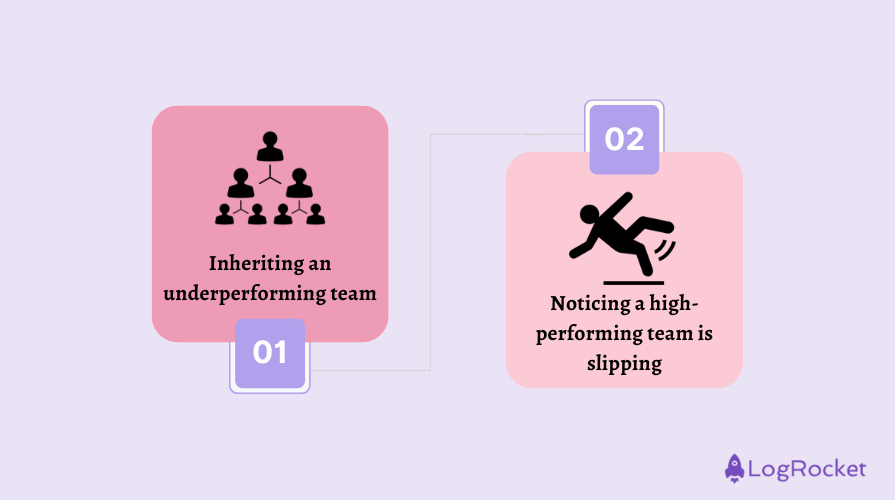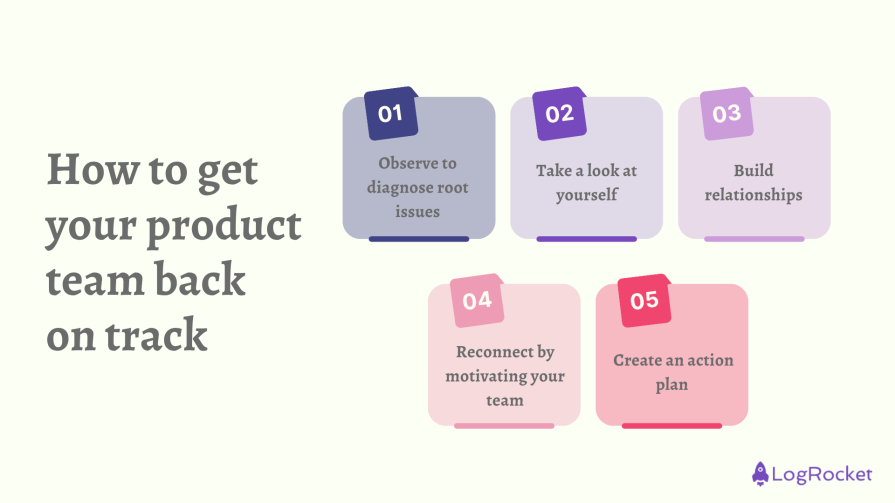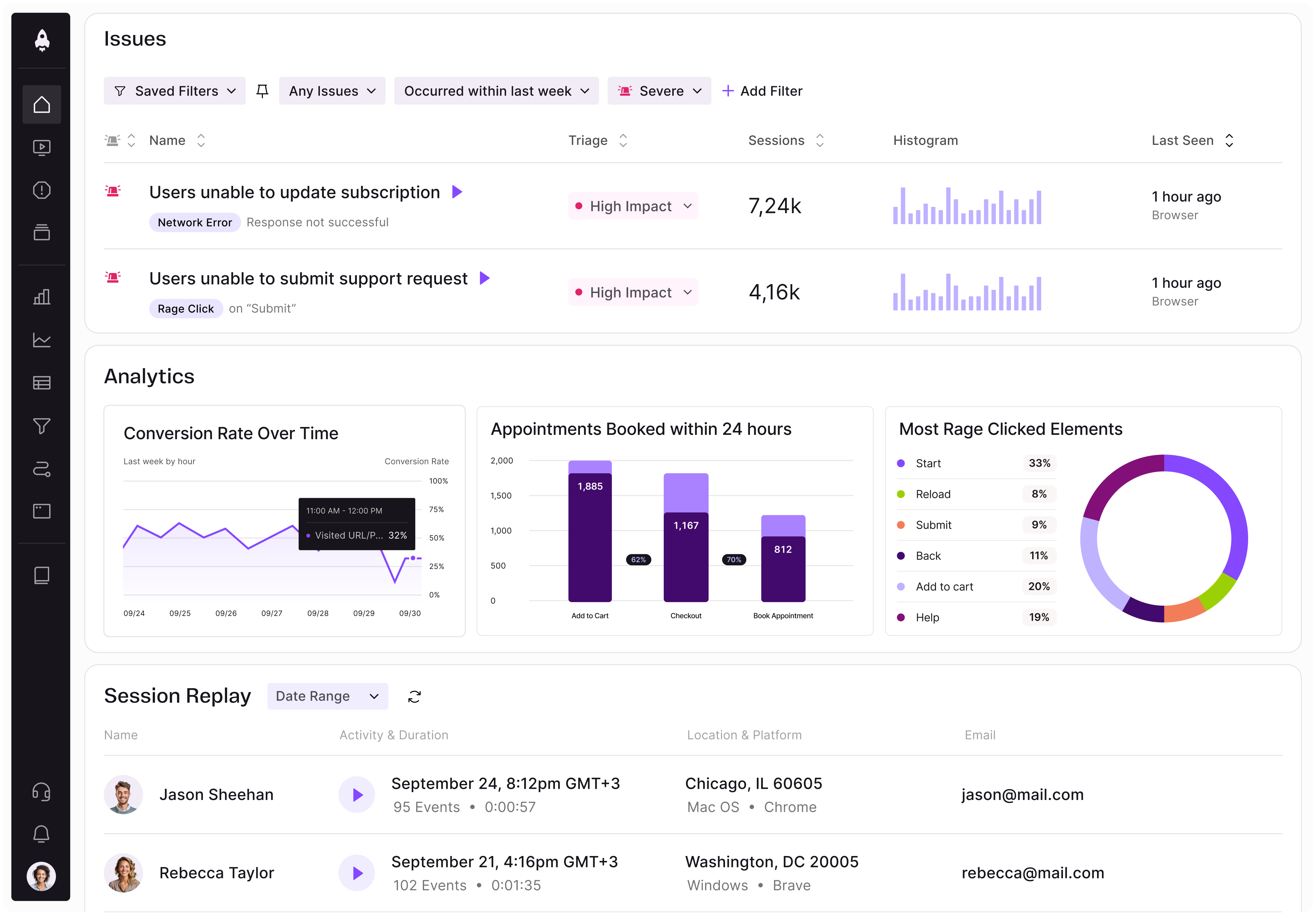As a product manager, having to deal with an underperforming team can be challenging. Guiding a team back to productivity takes a lot of effort, hard decisions, and strong leadership skills. However, the good news is that it presents you with an opportunity to make your impact visible.

To help you get started this article covers how you can diagnose issues, rebuild your team and processes, and energize them toward high performance.
Generally speaking, there tends to be two different scenarios that lead to you managing a struggling team. Each scenario requires a different viewpoint for diagnosing issues and turning the team around. Let’s go over each situation and the different approach you’ll need to take for each one:

Maybe you were just hired or transferred to this team. Your manager has told you that this team is underperforming, and it’s your job to clean it up. It’s a delicate situation.
As a new manager, you can’t make big changes without understanding the team and business. You should set expectations that you will need at least two to three months before taking serious action and six to 12 months before the team starts performing optimally again.
Following the steps in this article can help you learn about your team and what is going wrong. You may also want to pick up a copy of “The First 90 Days” by Michael Watkins for a deep dive on starting a new management job.
When your team starts to underperform, it may be a reflection of your leadership. An honest self-reflection about your management style can help pinpoint areas for improvement. Maybe you’re not providing performance guidelines or the right training to support your team.
Your team takes cues from you, so lead by example to improve your performance. People want to do a good job — they just need the right leader to show them how to reach success.
Regardless of the scenario you’re in, here are some easy steps you can take to turn your team around:

If you’re new to the team, you want to give yourself time to observe the team members. Despite whatever you were told during onboarding, you want to observe without any pre-judgement of the team.
A general recommendation is to spend the first 45-60 days just observing the team and how it operates. This gives you the time to get an accurate diagnosis of issues. Some tasks you want to do include:
During your observation period, consider Chesterton’s Fence principle: Don’t remove a fence until you know why it was put up in the first place. In other words, fences were put in place for a reason.
It might not be a good reason, but you need to know why something was put in place before you remove it. Otherwise, you might face unintended consequences. Get curious about processes and why they exist.
The goal is to form your own opinion about what is and isn’t working. You should also note:
Leadership starts with accountability. Finding blind spots helps you develop skills and habits to lead your team better. Here are a few questions to ask yourself:
You may also want to engage in candid team rituals like retrospectives. The structured meeting can help with reflection on recent work and action steps for the future.
Another option is to use anonymous feedback forms. Team members may provide more honest feedback in a low-risk setting.
Have a listening tour and engage in 1-on-1 chats with team members. Use the time to build relationships and hear them out about their job. Ask about what works for them and what doesn’t work. Keep notes, so you can track any recurring issues like lack of clarity or weak processes.
It’s possible that team members may avoid sharing the truth if they feel like they could get in trouble. Earning their trust is crucial to receiving honest feedback. During your 1-on-1 meetings, share your commitment to the team’s growth and what you’ll commit to as a leader. At the end of the day, metrics won’t change if people don’t trust you.
Team leadership starts with acknowledging small pain points before they snowball into bigger issues. To support this, you need to foster an open environment to encourage team members to speak up when they notice something wrong. Creating psychological safety reassures team members that their opinion matters.
Managers should help team members maintain clear direction and focus. One way to do this is by taking long-term company goals and breaking them down into smaller short-term focus areas that the team can rally around. It’s easier to see achievable progress and keep motivation going for team morale.
Furthermore, making the connection between team output and customer value can boost motivation. When team members see how their work solves real problems, they may find their work more fulfilling.
You should have a document with your observations, identified issues, and how they’re impacting the team. Now comes your recommendations on what to change. Strategize an action plan that you can share with your peers, managers, and team.
Here is what to consider adding to your action plan:
As a PM, you need to be able to adapt your leadership style to save an underperforming team. Rising to the challenge can not only save product outcomes but it can also help you become a trusted leader in your organization.
While it may take several months, getting a team back on track helps to boost morale, increase productivity, and drive the product strategy. Good luck! Comment below any strategies you’ve found effective.
Featured image source: IconScout

LogRocket identifies friction points in the user experience so you can make informed decisions about product and design changes that must happen to hit your goals.
With LogRocket, you can understand the scope of the issues affecting your product and prioritize the changes that need to be made. LogRocket simplifies workflows by allowing Engineering, Product, UX, and Design teams to work from the same data as you, eliminating any confusion about what needs to be done.
Get your teams on the same page — try LogRocket today.

A practical guide for PMs who want to stop being bottlenecks, delegate smarter, and lead teams effectively with a clear ownership framework.

Stop letting unreliable data block features. Treat data as inventory to track quality, ownership, and ship with confidence.

Learn why slide decks slow teams down and explore better tools like whiteboards, PRDs, and prototypes to improve collaboration and alignment.

AI PM roles are evolving fast. Learn the five types of AI PMs, the skills they need, and how they shape AI products across industries.